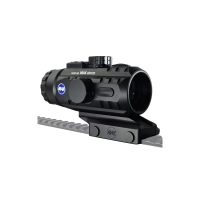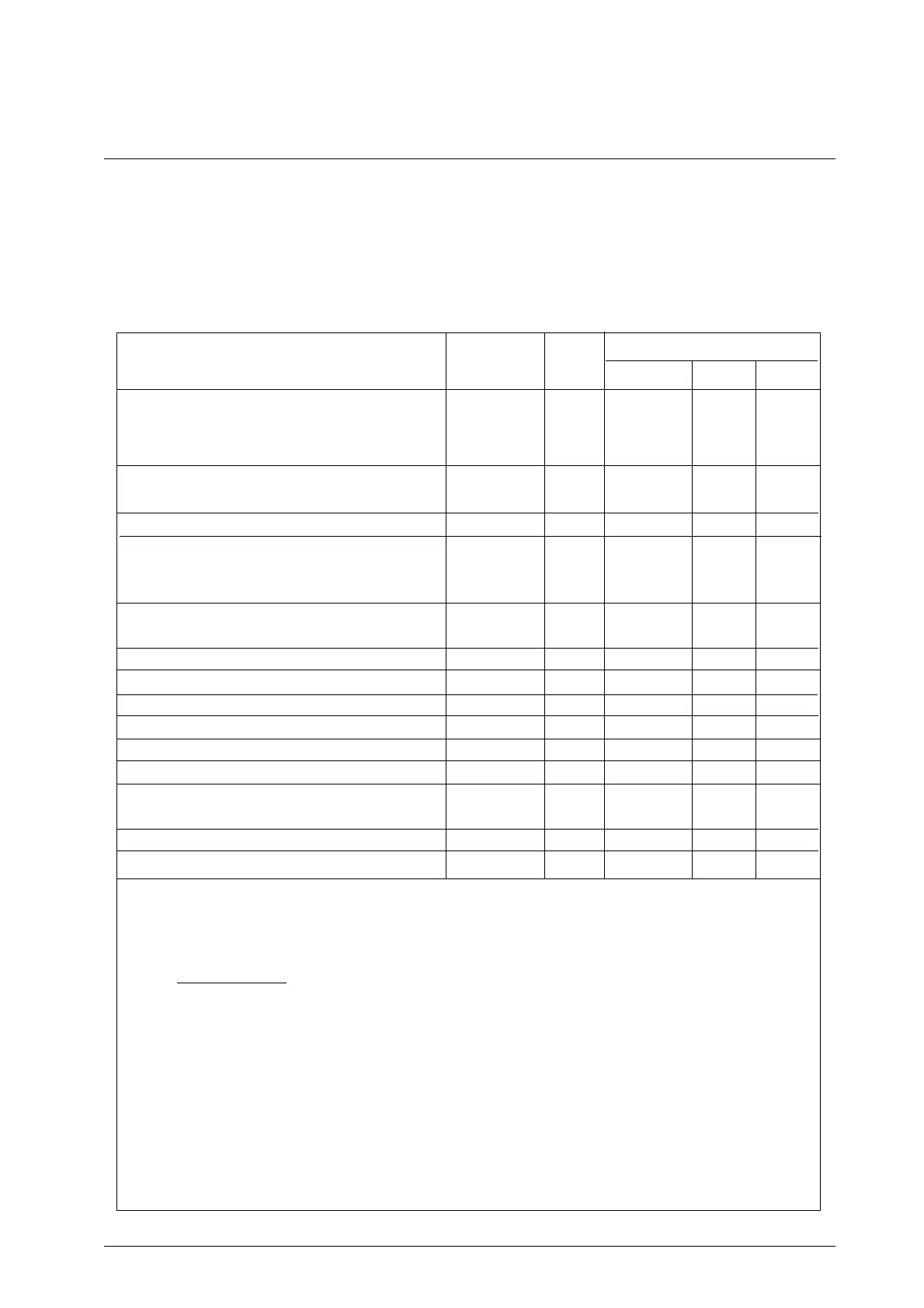Regulations and care
Distillate fuel
A4.05.07.01
M20-M601C
en / 16.12.1997 BA000166 2/3
Ĺ
Choice of ISO 8217 : 1996
Table 1 – Requirements for marine distillate fuels
Note
The values in this table are maximum or minimum values for each property. The actual values for
any batch of fuel may vary within these limits.
Characteristic Test Limit Designation ISO-F
method DMA DMB DMC
Density at 15 °C, kg/m
3
ISO 3675 max. 890,0 900,0 920,0
or
ISO 12185
Kinematic viscosity at 40 °C; mm
2
/s) 2) ISO 3104 min. 1,50 – –
max. 6,00 11,0 14,0
Flash point, °C ISO 2719 min. 60 60 60
Pour point (upper), °C 3)
Winter quality ISO 3016 max. -6 0 0
Summer quality max. 0 6 6
Carbon residue, (micro carbon) % (m/m) ISO 10370 max. 0,3 – –
on 10 % destillation bottoms
Carbon residue, (micro carbon) % (m/m) ISO 10370 max. – 0,3 2,50
Ash, % (m/m) ISO 6245 max. 0,01 0,01 0,05
Sediment by extraction, % (m/m) ISO 3735 max. – 0,07 –
Total existent sediment, % (mm) ISO 10307-1max. – – 0,10
Water, % (V/V) ISO 3733 max. – 0,3 0,3
Cetane number ISO 5165 min. 40 35 –
Visual inspection – (see 6,2) – –
Sulfur, % (m/m) ISO 8754 max. 1,5 2,0 2,0
Vanadium, mg/kg ISO 14597 max. – – 100
Aluminium + Silicium, mg/kg ISO 10478 max. – – 25
2) 1 mm
2
/s = 1 cSt
3) Purchasers should ensure that this pour point is suitable for the equipment on board, especially
if the vessel is operating in both the Northern and Southern hemisperes.
6.2 Visual inspection
Inspect the sample in good light and at a temperature between 10 and 25 °C. It shall appear clear
and bright.

